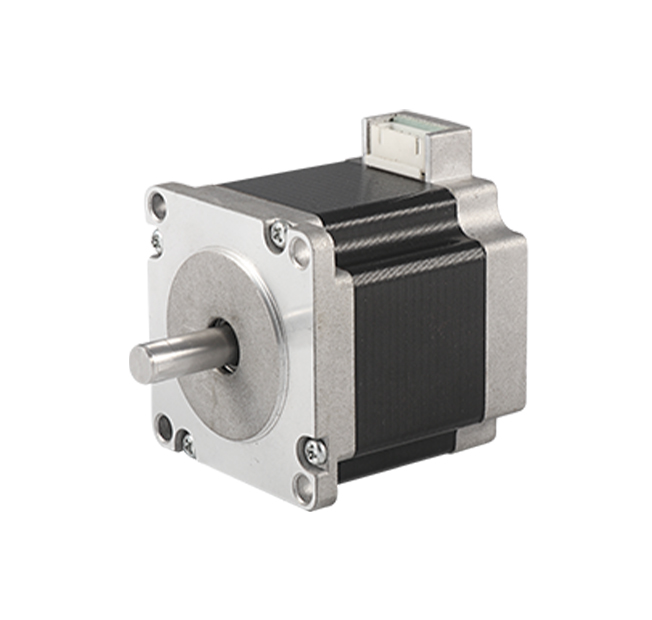Time:2025-06-12 Views:0 source:CNC Machining customization source:CNC Machining news

Ensuring the quality of sheet metal welding is vital to guarantee the structural integrity and performance of sheet metal products. There are several established quality inspection standards that cover various aspects of sheet metal welding.
Visual inspection is the most basic and initial method. Welds should be visually inspected for surface defects such as cracks, porosity, and incomplete fusion. Cracks can significantly reduce the strength of the weld joint and may lead to catastrophic failures. Porosity, which appears as small holes on the weld surface, is caused by gas entrapment during the welding process and can weaken the weld. Incomplete fusion means that the base metal and the filler metal have not properly joined, resulting in a weak connection.
Non - destructive testing (NDT) methods are also widely used. One common NDT method is penetrant testing. It involves applying a liquid penetrant to the weld surface, which seeps into any surface - opening defects. After a certain period, the excess penetrant is removed, and a developer is applied. The developer then draws out the penetrant from the defects, making them visible under normal or ultraviolet light.
Another important NDT method is ultrasonic testing. Ultrasonic waves are transmitted into the weld metal, and any discontinuities or defects in the weld will reflect the ultrasonic waves back to the receiver. By analyzing the reflected waves, the size, location, and type of defects can be determined. This method is particularly effective for detecting internal defects that are not visible on the surface.
In addition to NDT, destructive testing may be carried out in some cases. Tensile testing is a common destructive test where a sample of the weld joint is pulled until it breaks. The tensile strength of the weld can then be measured, and it should meet or exceed the specified requirements. Bend testing is another destructive test used to evaluate the ductility of the weld. The weld sample is bent to a certain angle, and any cracks or failures during the bending process indicate poor weld quality. These inspection standards ensure that sheet metal welds meet the required safety and performance criteria.
Read recommendations:
Sealing ring Precision electronic parts
Housing components for recessed downlights Precision electronic parts
Oval Magnetic Hardware Precision electronic parts
CNC Machining Dimension Accuracy
CNC processing factory - Meeting customers' strict requirements for precision